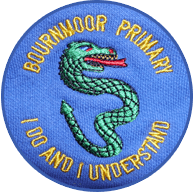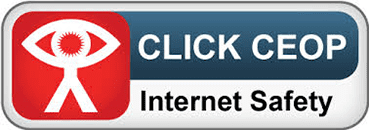Art at Bournmoor Primary School
The national curriculum for art aims to ensure that all children can:
- produce creative work, exploring their ideas and recording their experiences
- become proficient in drawing, painting, sculpture and other art, craft and design techniques
- evaluate and analyse creative works using the language of art, craft and design
- know about great artists, craft makers and designers, and understand the historical and cultural development of their art forms.

Planning and organisation of the subject
The art and design curriculum follows the National Curriculum and long-term plans. Planning is completed on the school medium term plan pro-forma to illustrate skill development, lesson content, learning objectives, resources, differentiation and assessment. In EYFS, KS1 and KS2, art has been blocked into termly overall topics. Autumn term is: Sketching and Painting; Spring term is: Patterns, Textiles and Printing and Summer term is: Sculpting and Shaping.
Teaching styles and strategies
Art may be taught in alternate half terms, alongside design technology or as an overall topic, which may include cross-curricular elements and/or be linked to the termly topic. Art may be taught weekly or in block sessions. Art topics may also be enhanced and discussed through other subjects e.g. Literacy, Science etc. As we understand that there are many different art abilities in each class, we ensure that each unit of work has sufficient differentiation to allow all children to work at their level of challenge. Pupils are encouraged to record their work using a variety of methods, media formats and materials and therefore communicate their findings to others. Pupils are given opportunities to explore a variety of artists and artistic techniques. As they progress through the year groups, they will complete a series of sketchbooks that record their observations and research. Pupils are also encouraged to record and represent their art through cross-curricular opportunities.

How the subject is assessed in our school
Each year group completes an art topic based on each of these skills but as pupils progress through the years there is a progression of skills and they increase in complexity. The Art co-ordinator supports staff to ensure the progression of skills and knowledge in art. Teacher assessment data is collated on our tracking system.
Foundation Stage
Teachers use observations of child-initiated activities and adult led tasks to collect evidence of the level the child is currently working at. They use the set proforma for recording meaningful observations and individual work is presented in the child’s ‘Learning Journal’. Observations, annotations and children work are used to provide a full picture of the child’s achievement and working level.

Key Stage One and Two
Children’s progress is monitored through observation and by using planning and learning objectives. Pupils are able to discuss and evaluate their work within each topic covered and children’s sketchbooks may also be used as an aid to informal teacher assessment. This assessment then informs teacher’s future planning.

Impact
- As a result of quality teaching in our school, children are shown a wide variety of techniques and skills throughout EYFS to KS2.
- Pupils explore a skill or technique and then can enhance this skill as they progress to the next academic year.
- To support this, we audit our resources to ensure high quality resources are available.
- Sketchbooks show progression and engagement in lessons.
- Cross curricular links allow children to develop and enhance their skills.













